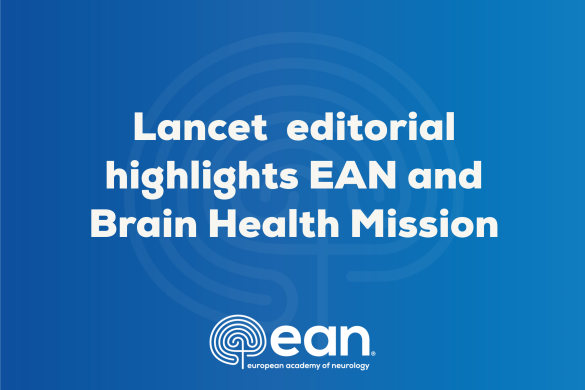4. Observational study: prospective longitudinal cohort
In this paper, the authors conducted a prospective national-level data collection of patients treated with mechanical thrombectomy (MT), across 45 days of pandemic containment measures, compared to patients treated during the same calendar period in 2019. The primary endpoint was the variation in patients receiving MT. Secondary end points included delays between symptom onset and imaging, and symptom onset and groin puncture. A total of 1513 patients were included from 32 French centres. There was a 21% decrease (0.79; [95%CI, 0.76–0.82]; P<0.001) in MT case volumes during the pandemic period compared to the previous year, and a significant increase in delays between imaging and groin puncture, overall (mean 144.9 ± SD 86.8 minutes in 20202 versus 126.2 ± 70.9 minutes in 2019; P<0.001) and in transferred patients (mean 182.6 ± SD 82.0 minutes versus 153.25 ± 67; P<0.001). After the instatement of strict pandemic mitigation measures, there was a significant negative correlation between the number of hospitalisations for COVID and the number of MT cases (R2 −0.51; P=0.04). Patients treated during the COVID outbreak were less likely to receive intravenous thrombolysis and to have unwitnessed strokes (both P<0.05). The authors concluded that this study showed a significant decrease in patients treated with MT during the first stages of the COVID epidemic in France and alarming indicators of lengthening care delays. Moreover, they underline that these findings prompt immediate consideration by local and regional stroke networks in the varying context of COVID-19 as the pandemic evolves.
View Article: https://www.ahajournals.org/doi/10.1161/STROKEAHA.120.030373














